Remembering the forgotten non-communicable diseases
- PMID: 25604462
- PMCID: PMC4207624
- DOI: 10.1186/s12916-014-0200-8
Remembering the forgotten non-communicable diseases
Abstract
The forthcoming post-Millennium Development Goals era will bring about new challenges in global health. Low- and middle-income countries will have to contend with a dual burden of infectious and non-communicable diseases (NCDs). Some of these NCDs, such as neoplasms, COPD, cardiovascular diseases and diabetes, cause much health loss worldwide and are already widely recognised as doing so. However, 55% of the global NCD burden arises from other NCDs, which tend to be ignored in terms of premature mortality and quality of life reduction. Here, experts in some of these 'forgotten NCDs' review the clinical impact of these diseases along with the consequences of their ignoring their medical importance, and discuss ways in which they can be given higher global health priority in order to decrease the growing burden of disease and disability.
Figures
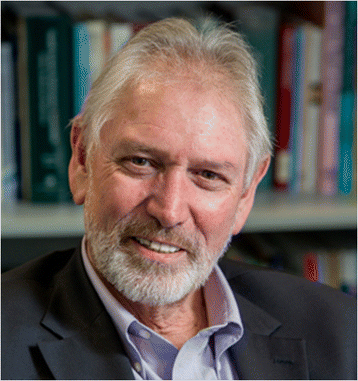
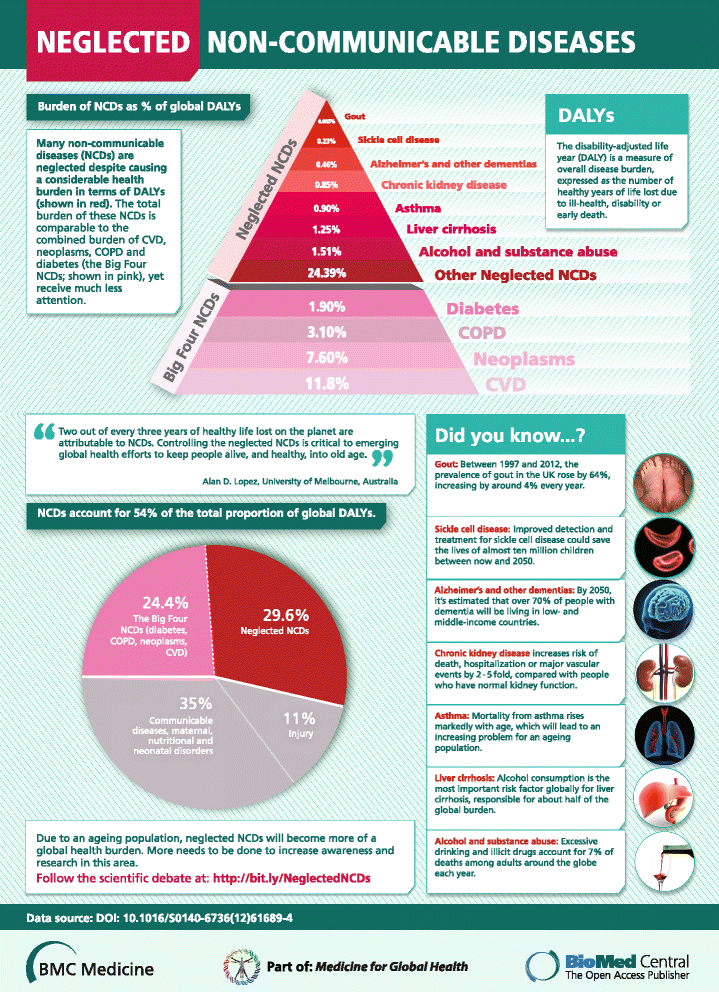

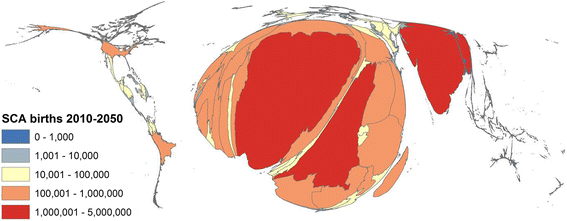
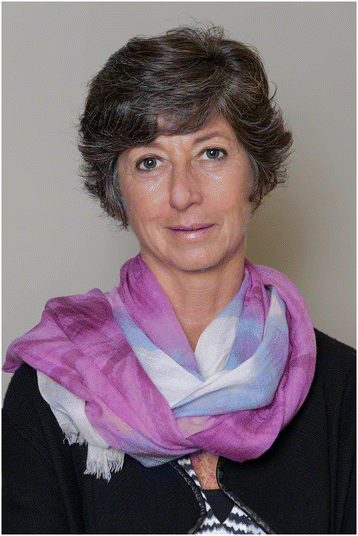

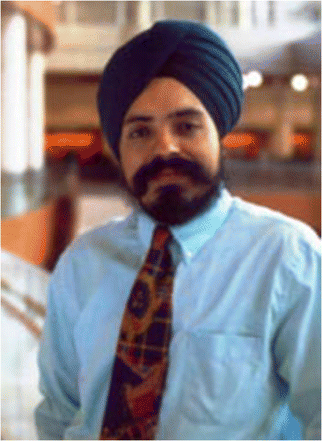

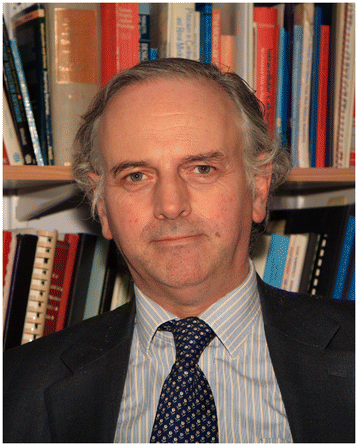


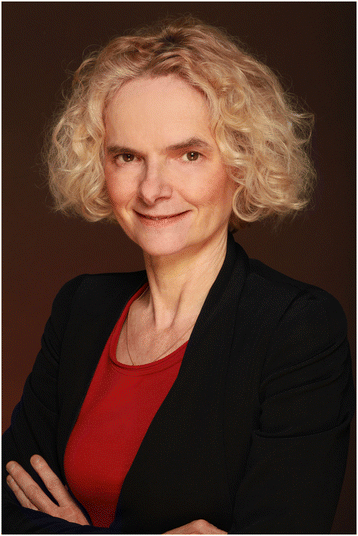
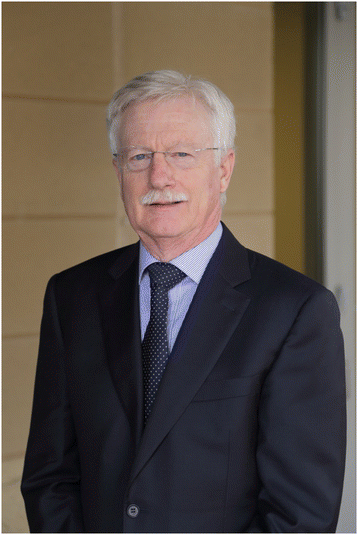

References
-
- Peto R, Lopez AD. The future worldwide health effects of current smoking patterns. In: Boyle P, Gray N, Henningfield J, Safrin J, Zatonski W, editors. Tobacco and Public Health: Science and Policy. Oxford: Oxford University Press; 2004. pp. 281–286.
MeSH terms
Grants and funding
LinkOut - more resources
Full Text Sources
Other Literature Sources
Medical

